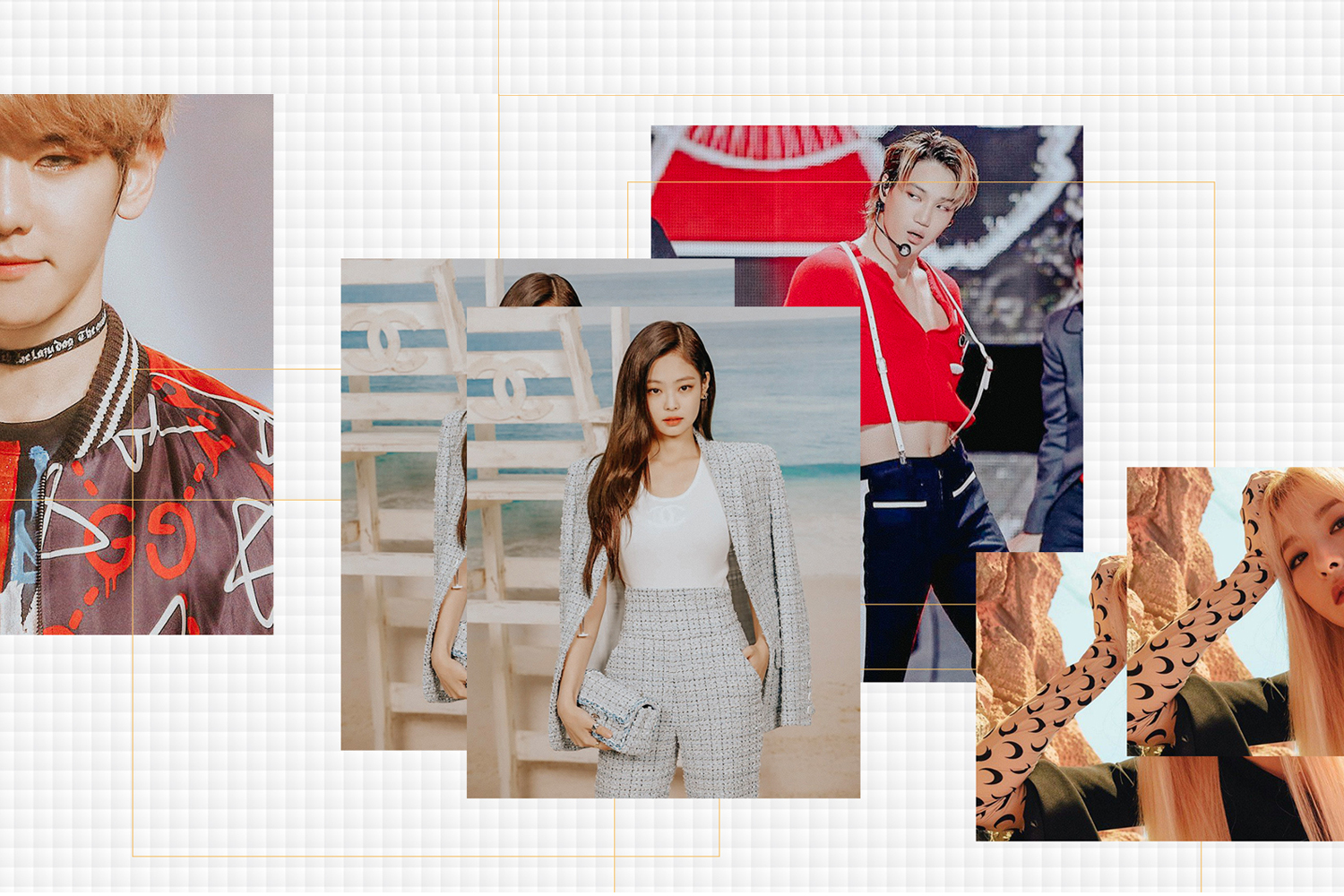As the phenomenon of globalization continues to evolve with each passing year, South Korea’s influence on pop culture grows with it; more specifically, the influence of K-Pop. First reaching real international status with PSY’s Gangnam Style in 2012, this cultural-forming Korean pop genre is proving to be a force that will impact not only the music genre, but also worldwide fashion.
Although K-Pop is slowly becoming more and more mainstream here in the West, artists of the genre seem to put much more emphasis on their visuals than most Western artists. In a 2012 article for INA Global , journalist Jennifer Rousse-Marquet defined the genre as a “fusion of synthesized music, sharp dance routines and fashionable, colorful outfits.” Just having good music most of the time will not be enough for a Korean artist to have a successful K-Pop song. The artists need to present themselves visually in their videos and fashion to truly make an impact. To understand why visuals are so crucial in this industry, we must first circle back a couple of decades.
South Korea has had a history of being dominated by other nations. They have had their own fair share political tumults until the late 1980s. Their own Pop industry, completely separate from the West, only truly started in the 1990s. While the West had had radios for decades where only their artists’ voiced mattered, South Korean pop artists rose with the television age, where visuals—and with that, fashion— were equally as important.
Fast forward a couple of years, K-Pop stars are dominating the fashion and beauty world. With their international success, fashion brands began to notice them. In 2012, the girl group Girls Generation were invited to the Burberry show in London, which helped further promote the genre.
From there, many other examples arose, such as female rapper CL’s close friendship with Alexander Wang. Most recently, BTS were completely dressed by Gucci to the 2018 Billboard Music Awards and starred in their own Puma campaign, and BLACKPINK’s Jennie became an official Chanel ambassador.
Interestingly, their fashion is not just limited to designer campaigns and fashion shows. Female idols are extremely fashion-forward, constantly showing a love of monograms and name-brands such as Balenciaga and supporting up-and-coming designers like Marine Serre.
South Korean street style is undoubtedly impactful and their play with masculine and feminine values seem to be much further ahead than the West. K-Pop male idols’ constant use of make-up is embraced and promoted, and so is their tendency to accessorize with chokers and even skirts in their airport looks and music videos.
With such an interesting history to back them up, K-Pop stars and their companies sure know what they are doing when it comes to visuals. As they become more and more influential, we should be watching closer and taking notice. They have proven multiple times to be ahead of the curve and the more we expand our horizon of inspiration, the better.
Written by Guilherme Angelo

